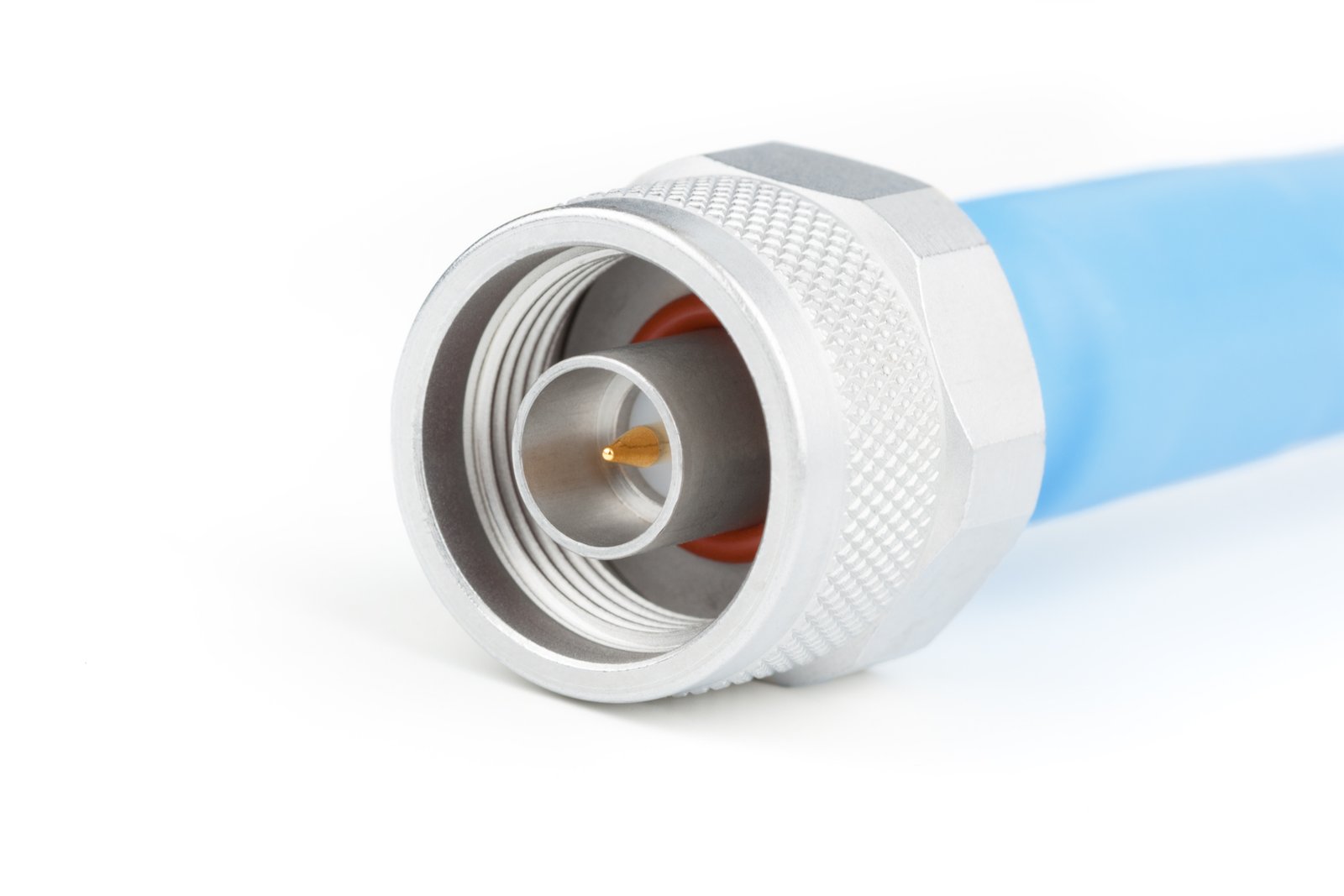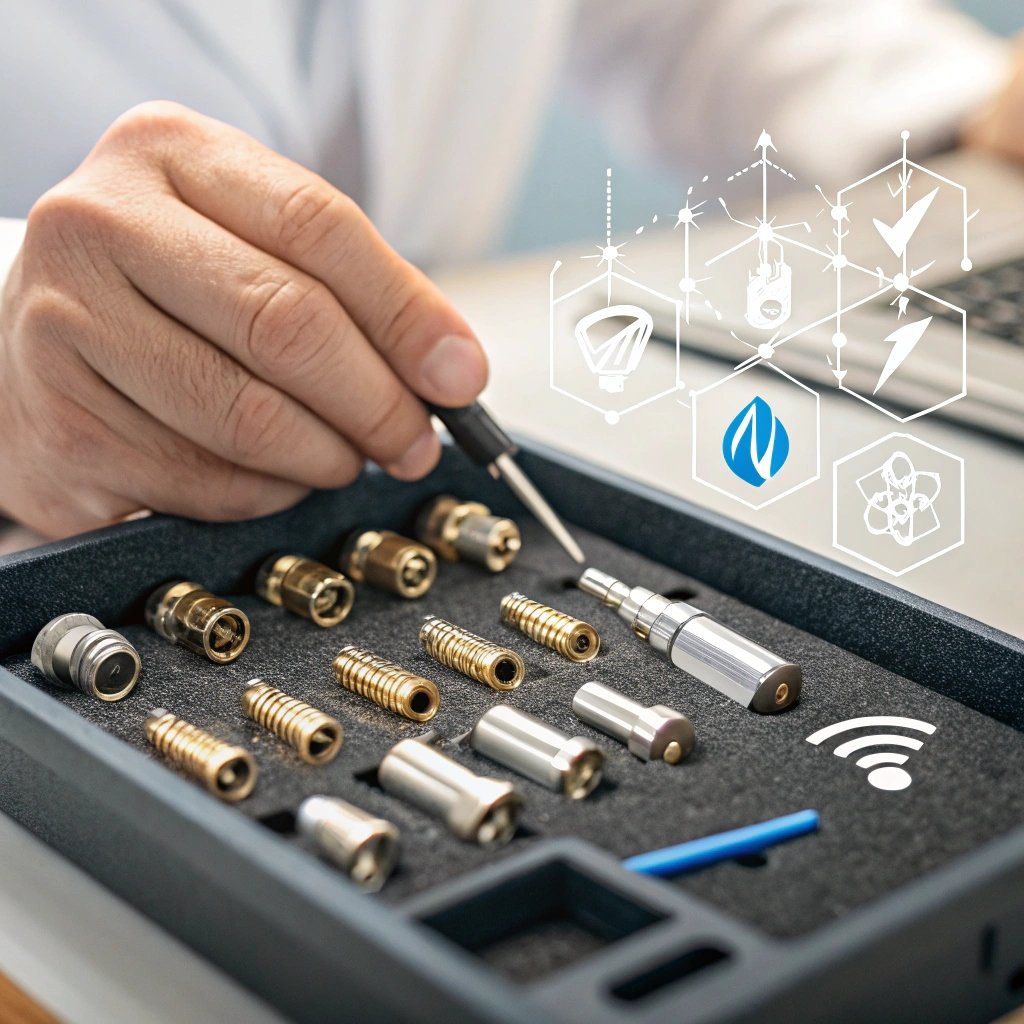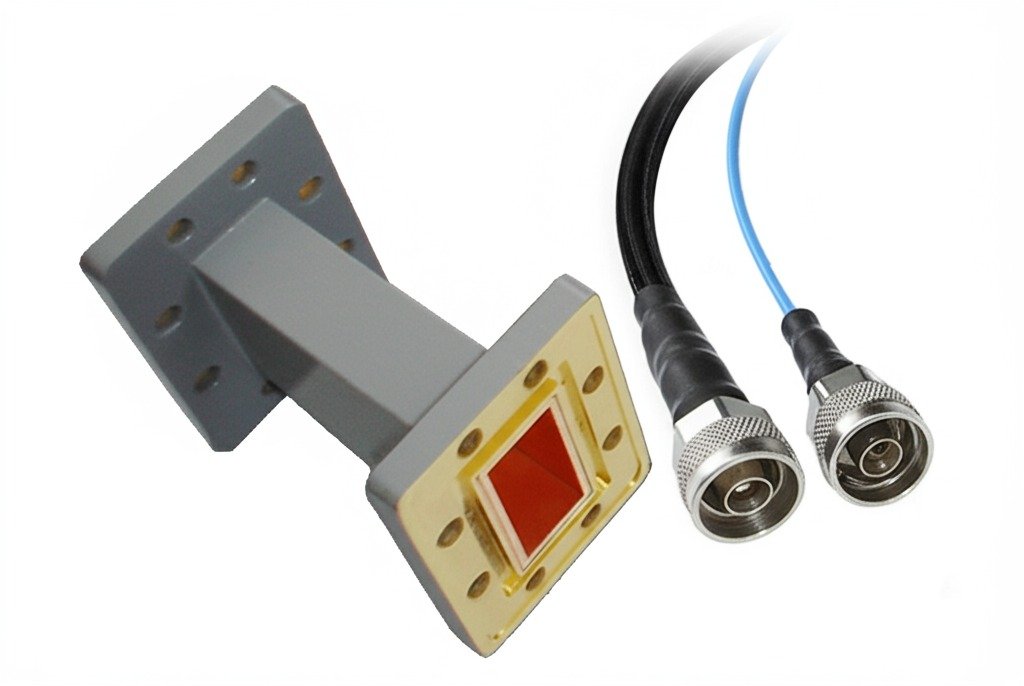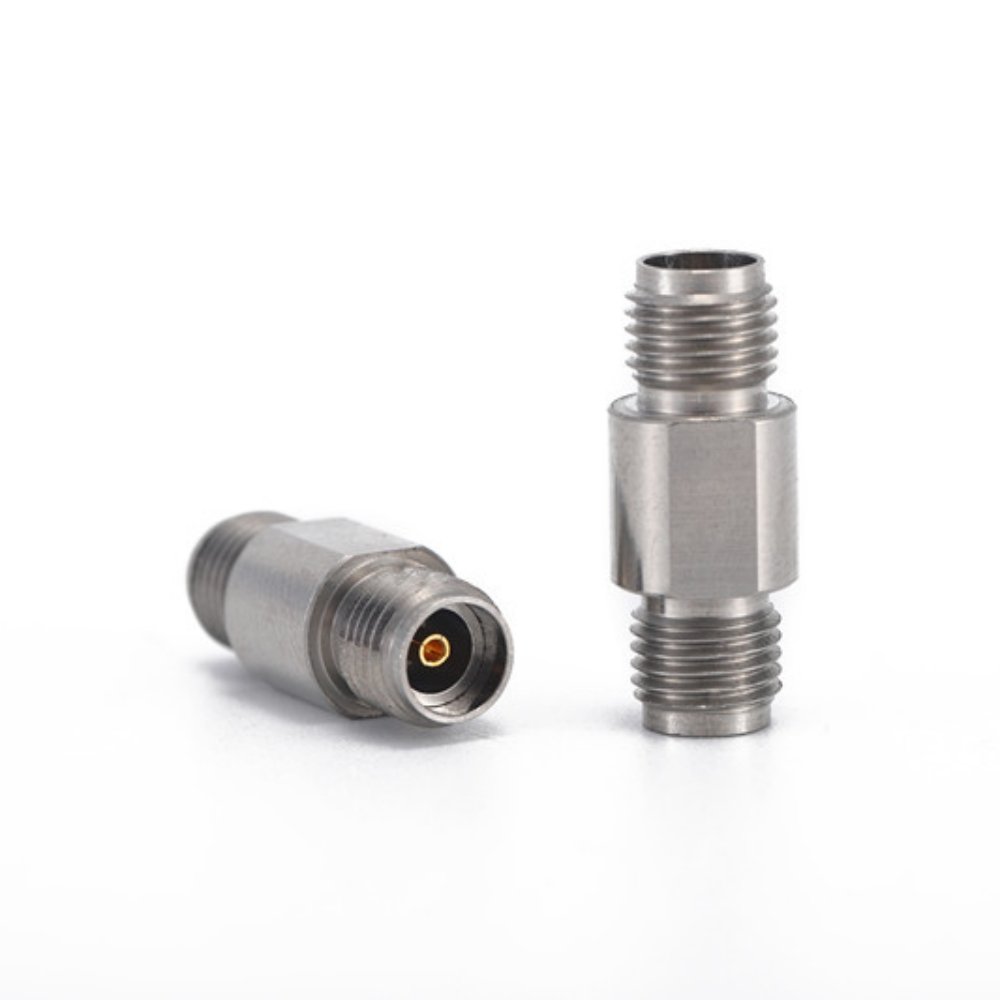by Angela
Share

Did you know that the N-Type connector, a cornerstone of RF technology, has its roots in the 1940s? Originally designed for the U.S. Navy, this versatile connector has adapted to meet modern demands across telecommunications, defense, and high-frequency testing.
The world of coaxial connectors has evolved into a vast array of types and standards, each designed to meet specific application needs. However, this diversity was not always available. In the early days of RF technology, many organizations had to develop their own proprietary connector designs to fulfill their unique requirements. One notable example is the N-Type Coaxial Connector, or simply Type N, which is believed to have originated in the 1940s or 1950s for the U.S. Navy.
-
Inventors and Origins
The invention of the N-Type connector is attributed to Paul Neill of Bell Labs and Carl Concelman of Amphenol. Designed as a medium-sized connector, it offered integrated weatherproofing features and the ability to handle relatively high RF power at microwave frequencies. Initially, the N-Type was rated for performance up to 1 GHz. Over time, enhancements in design extended its frequency range to 11 GHz. Precision N-Type connectors, an innovation by Julius Botka at Hewlett-Packard, further improved performance, allowing operation up to 18 GHz—approaching the theoretical limits for this type of coaxial geometry.
-
Robust Design
The N-Type connector is characterized by its threaded coupling mechanism, originally intended for hand-tightening. Today, many N-Type male connectors feature a hex-nut design, enabling repeatable torquing for consistent performance. The coupling uses a ⅝-24 UNEF thread, typically tightened to 15–20 inch-pounds (1.7–2.3 Nm), depending on the manufacturer’s specifications.
-
Versatility
According to the original MIL-STD-348 specification, N-Type connectors are available in both 50 Ohm and 75 Ohm variants:
75 Ohm versions are mainly used in broadcast television and specialized testing equipment. 50 Ohm versions are widely employed in applications like cellular telecommunications, military/defense, land mobile radios, amateur radio, and test and measurement equipment. These connectors are favored for their superior voltage breakdown and power handling capabilities compared to smaller threaded connectors.
-
Variations and Adaptations
Most N-Type connectors use right-hand threading, though left-hand threading variants exist, such as those used in legacy wireless LAN systems. There are also reverse-polarity N-Type connectors, which invert the standard center pin configuration.
In recent years, quick-connect N-Type connectors have emerged, using a snap retention mechanism instead of threading for faster coupling. Another notable variant is the HN connector, designed for high-voltage applications. The HN features a larger ¾”-20 thread to prevent accidental use with standard N-Type connectors, ensuring safety and reliability in high-voltage environments.
-
Conclusion
The N-Type connector has stood the test of time, evolving from its original design to meet the growing demands of RF technology. Its versatility, durability, and ability to handle high power make it a reliable choice across a wide range of industries. Whether for telecommunications, defense, or high-frequency testing, the N-Type connector continues to play a critical role in modern RF systems.
STAY IN FOR MORE NEWS
Subscribe to our free newsletter.
In the world of high-frequency communication systems, **RF cables** are often the unsung heroes that carry critical signals. Whether it's for wireless communication, satellite links, or laboratory setups, selecting the right RF cable can make or break the reliability and performance of your system.
Choosing the wrong RF adapter can ruin your signal integrity. With so many connector types, how do you pick the right one? Let's simplify the process.
Struggling with signal loss in your RF system? Picking the wrong transmission line between waveguide and coax can degrade performance and cost you dearly. Let’s compare them clearly to help you choose. Waveguides offer lower signal loss, especially above a few GHz, and handle higher power. Coaxial cables are flexible, easier to install, and work
The 3.5mm adapter is an indispensable component for high-frequency 50-ohm RF systems, ensuring signal integrity and exceptional performance. Known for its precision and ability to operate at frequencies up to 34 GHz, this adapter is widely used across telecommunications, aerospace, and defense industries, where reliable RF connections are critical. Why Choose the 3.5mm Adapter? Seamless






